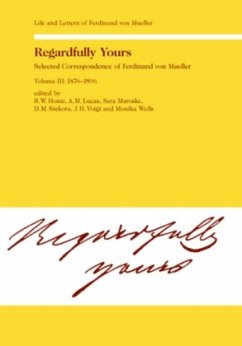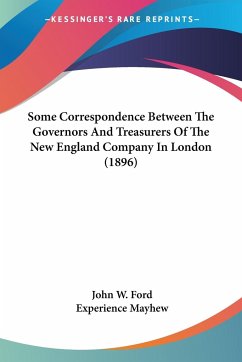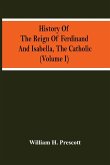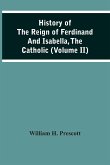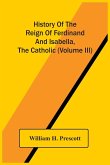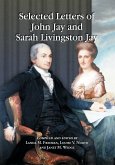Of German origin, Ferdinand von Mueller migrated to Australia in 1847. Government Botanist of Victoria for 43 years until his death in 1896, he was Australia's greatest scientist of the 19th century - a major contributor to international science, an intrepid explorer of parts of Australia previously unknown to Europeans, and a dominant figure in the scientific and intellectual life of his adopted country.
Throughout his working life, Mueller kept up an enormous correspondence. Large numbers of letters by or to him have been located throughout the world, and edited for publication. These constitute a major new research tool for both Australian historians and historians of science. They are also of fundamental importance to Australian taxonomic botany, for Mueller introduced vast numbers of Australian plants to western science.
This is the third and final volume of Mueller's selected correspondence. It covers the last two decades of his life - his most productive period from a scientific point of view - including his work as Government Botanist of Victoria; his multifarious contributions to taxonomy, biogeography and economic botany; his engagement with the exploration of inland Australia, New Guinea and Antarctica; his manifold links with international science; and his evolving personal circumstances as one of the leading citizens of his adopted country. This volume contains a substantial historical introduction, and a further extension of the editorial apparatus developed in previous volumes.
Throughout his working life, Mueller kept up an enormous correspondence. Large numbers of letters by or to him have been located throughout the world, and edited for publication. These constitute a major new research tool for both Australian historians and historians of science. They are also of fundamental importance to Australian taxonomic botany, for Mueller introduced vast numbers of Australian plants to western science.
This is the third and final volume of Mueller's selected correspondence. It covers the last two decades of his life - his most productive period from a scientific point of view - including his work as Government Botanist of Victoria; his multifarious contributions to taxonomy, biogeography and economic botany; his engagement with the exploration of inland Australia, New Guinea and Antarctica; his manifold links with international science; and his evolving personal circumstances as one of the leading citizens of his adopted country. This volume contains a substantial historical introduction, and a further extension of the editorial apparatus developed in previous volumes.
«These volumes represent a shining example of historical scholarship, providing us with a glimpse into the practice of science in the nineteenth century, outside the European centres.» (Gail Clements, Journal of the History of Biology)
«These letters open a window onto the pioneering world of nineteenth-century Australian science. Their interest is both personal and public. They bring under fresh scrutiny a complex personal story of aspiration and failure, of high ambition and personal disappointment. In their preoccupation with indigenous plants of Australia, and with the introduction of exotic species, these letters speak to the environmental concerns of the twenty-first century. In a larger context again, these letters and Mueller's own professional life have much to say about the workings of Australian science, the pull and push between 'centres' and 'peripheries', issues that, even in a time of globalisation, remain intensely relevant today.» (John Thompson, Australian Book Review)
«...this volume is a model of what an enterprise of this kind ought to produce. Scholars in numerous fields will have much reason to be grateful.» (David E. Allen, Medical History)
«Australian botanists will be forever grateful for the dedicated work of the editors and their many contributors to produce this first volume.» (David E. Symon, Australian Systematic Botany Society Newsletter)
«This book is wonderful reading because one can uncover so many different facets of Mueller. He was involved in an enormous number of academic pursuits during his early years in the colony of Victoria: he was a member of the North Australian Exploring Expedition of 1855-7; he planned and hoped to write the flora of Australia; he was on the Victorian Board of Agriculture; he was a member of the Philosophical Institute of Victoria, later the Royal Society of Victoria.» (Sophie C. Ducker, Historical Records of Australian Science)
«These letters open a window onto the pioneering world of nineteenth-century Australian science. Their interest is both personal and public. They bring under fresh scrutiny a complex personal story of aspiration and failure, of high ambition and personal disappointment. In their preoccupation with indigenous plants of Australia, and with the introduction of exotic species, these letters speak to the environmental concerns of the twenty-first century. In a larger context again, these letters and Mueller's own professional life have much to say about the workings of Australian science, the pull and push between 'centres' and 'peripheries', issues that, even in a time of globalisation, remain intensely relevant today.» (John Thompson, Australian Book Review)
«...this volume is a model of what an enterprise of this kind ought to produce. Scholars in numerous fields will have much reason to be grateful.» (David E. Allen, Medical History)
«Australian botanists will be forever grateful for the dedicated work of the editors and their many contributors to produce this first volume.» (David E. Symon, Australian Systematic Botany Society Newsletter)
«This book is wonderful reading because one can uncover so many different facets of Mueller. He was involved in an enormous number of academic pursuits during his early years in the colony of Victoria: he was a member of the North Australian Exploring Expedition of 1855-7; he planned and hoped to write the flora of Australia; he was on the Victorian Board of Agriculture; he was a member of the Philosophical Institute of Victoria, later the Royal Society of Victoria.» (Sophie C. Ducker, Historical Records of Australian Science)

